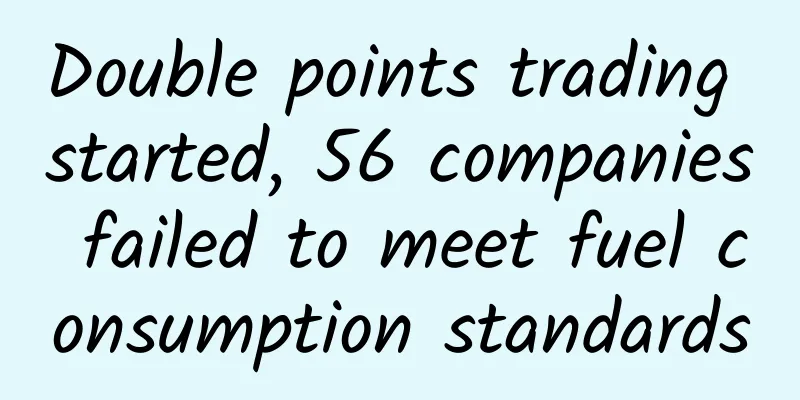Known as "black gold", this tree is widely planted in Hainan →

|
The world cannot live without rubber, including national defense equipment, aviation and navigation, industrial and agricultural production, medical care... Natural rubber is the only renewable important global strategic material among the four major industrial raw materials and is known as "black gold". In Hainan, rubber forests can be seen in many places. According to statistics, Hainan's rubber planting area and dry rubber output account for more than half of the country's total, making it the largest natural rubber production base in China. Rubber trees like high temperature, high humidity, calm wind and fertile soil. They require an annual average temperature of 26-27℃. They can grow and produce rubber normally within the range of 20-30℃. They are not cold-resistant and will be damaged by frost at temperatures below 5℃. They require an annual average precipitation of 1150-2500 mm, but are not suitable for planting in low-humidity areas. They are suitable for growing in acidic sandy loam with deep soil, fertile and moist soil, and good drainage. They have shallow roots, fragile branches, poor adaptability to wind, and are easily affected by wind chill and reduced rubber production. In order to break the international embargo, my country launched the "Northward Rubber Movement" in the 1950s. After years of efforts, it finally achieved large-scale planting of natural rubber north of 18 degrees north latitude. However, my country's rubber planting area is located on the northern edge of the tropics, with frequent cold waves and typhoons. Rubber trees are typical tropical crops, sensitive to low temperatures and strong winds. The introduced varieties are not resistant enough, and the rubber plantations are severely affected, and even large areas are scrapped. "Breed new varieties that are cold-resistant, wind-resistant and high-yield." Aiming at this goal, the rubber tree breeding team of the Chinese Academy of Tropical Sciences has carried out technical research for 37 years. The team has bred 8 cold-resistant, wind-resistant and high-yield varieties, and achieved independent control of seed sources. Among them, the ultra-high-yield variety "Reyan 879" has the world's leading yield level and has been widely used in my country's light wind and light cold rubber planting areas, providing variety guarantees for high-yield rubber planting in the area. New varieties support the continuous expansion of my country's rubber planting area. Since 1983, my country's rubber planting area has expanded from more than 7 million mu to more than 17 million mu, and the annual output of dry rubber has increased from 173,000 tons to 856,000 tons. Among them, the eight new varieties cultivated by the team account for 39.7% of my country's rubber planting area, with an additional output value of 25.21 billion yuan. Note: The pictures are from the Internet and are only used as popular science materials. If there is any infringement, please contact us. |
Recommend
How can operations learn from user feedback and avoid detours?
Learning from user feedback is a big or small thi...
[Moving bricks for profit] Mengtu earns 100,000 yuan a year in the first phase of the basic course + advanced course of the brick-moving team
[Moving bricks for profit] Mengtu earns 100,000 y...
I know about mud and I know about volcanoes, but what is this "mud-spewing volcano"?
In 2011, on Russia's Sakhalin Island, a photo...
Microsoft is confident that Windows 10 can reverse the decline
In fact, this topic has been brought up constantl...
10 apps removed from shelves by the Ministry of Industry and Information Technology! They are peeking at your photo albums
Last month, the Ministry of Industry and Informat...
The automotive industry is uneasy due to the double points policy for passenger cars
Recently, the "Measures for the Parallel Man...
Did you choose the wrong toothpaste and toothbrush? I've been brushing my teeth for so many years, but it turns out I've been doing it wrong...
Compiled by: Gong Zixin Effective brushing It not...
How to create popular content on Douyin?
Suddenly, the brainwashing songs everyone listene...
Not only can you delete your friends' voice messages in batches, but you can also pause WeChat and update many other functions.
Last Saturday morning, Shichao was sleeping sound...
You are out of date if you still use C5 to watch sports. PPTV has a new way to watch La Liga
With the popularity of smartphones, people's ...
Apple may want to change its tactics, such as developing Android apps
[[144410]] Apple’s closed-loop ecosystem often br...
How hot is the sun? This probe has already touched it
During the Cold War between the United States and...
How important is the often overlooked title description copy under short videos?
As we all know, short video copywriting , shootin...
Will painters lose their jobs as AI painting arrives?
Not long ago, a hot search on Weibo about the AI ...
Why is the Year of the Pig and the Year of the Rat so sad? What does it mean that there are ten sorrows in the Year of the Pig and the Rat?
Why is the Year of the Pig and the Rat so sad? Wh...









